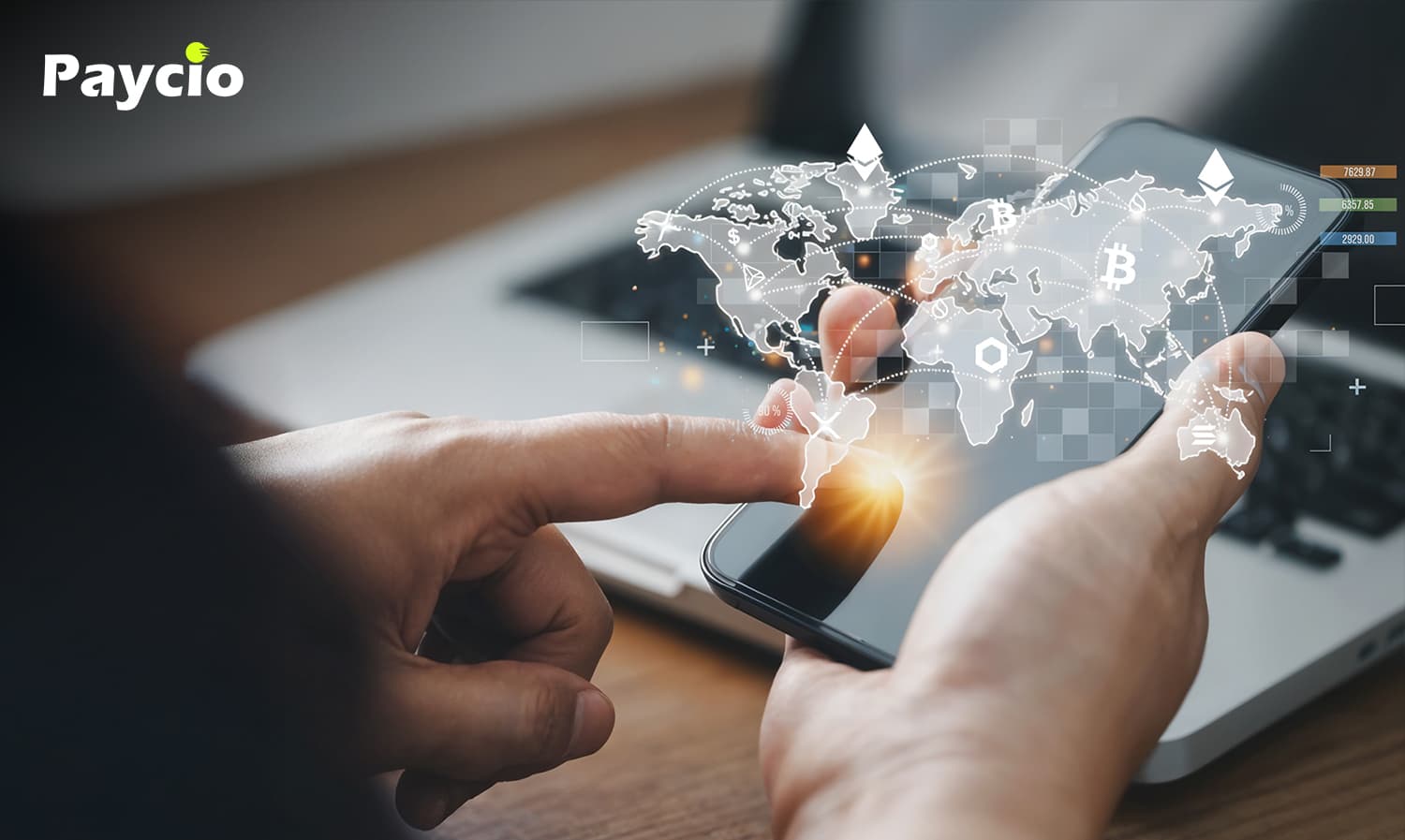
As you expand your business globally or send money across borders, the demand for faster, more reliable, and cost-effective cross-border payments continues to grow. By 2030, the market is expected to reach $290 trillion, highlighting the need for better financial solutions.
However, traditional banking systems remain slow and expensive, relying on outdated infrastructure that no longer meets your needs. Today, payments are more than just transactions—they are a strategic tool for efficiency and growth.
From our side, we believe blockchain technology and digital assets like stablecoins can help you overcome these challenges. By reducing reliance on intermediaries, blockchain enables faster settlements, lower fees, and greater transparency, making it an essential innovation for the future of cross-border payments.
So now, let’s discuss what blockchain cross-border payments are, why they are gaining traction, how they work, the different types of blockchain-based payment systems, and the challenges they face.
Blockchain cross-border payments are international money transfers facilitated through distributed ledger technology (DLT) rather than traditional banking systems like SWIFT or correspondent banking networks. These payments leverage blockchain’s decentralized nature to execute transactions directly between parties without relying on multiple intermediaries.
Unlike conventional payment networks, which require banks to process transactions in multiple steps, blockchain enables peer-to-peer transactions, reducing costs and settlement times from days to minutes. Blockchain provides transparency, security, and immutability, making it a promising alternative for global payments.
The transition to blockchain-based payments is operated by the inefficiencies in traditional systems. Let’s go through some of the key reasons why businesses and financial institutions are increasingly considering blockchain for cross-border transactions:

The architecture of blockchain-based cross-border payments involves several key components that work together to facilitate transactions. Here’s a breakdown of how it works:
With this architecture in place, blockchain payments can be structured in different ways. Let’s now explore the types of blockchain cross-border payments in use today.
There are multiple models for executing blockchain-based international transactions. Here are the major types:
Stablecoins such as USDT (Tether), USDC (Circle), and DAI, are blockchain-based digital currencies pegged to stable assets like the US dollar.
This category includes payment networks and remittance platforms built on blockchain. Examples include:
Some central banks are exploring CBDCs, which are government-issued digital currencies operating on blockchain. Examples include:
CBDCs could replace traditional interbank settlement systems and improve cross-border payment efficiency while remaining compliant with regulations.
Businesses and individuals can transfer payments using cryptocurrencies like Bitcoin (BTC), Ethereum (ETH), or Litecoin (LTC) without converting to fiat currency. This method is:
Banks are also adopting blockchain for settlement between financial institutions. Some notable projects include:
With these diverse solutions available, let’s now examine the challenges that blockchain cross-border payments still face.
While blockchain offers multiple benefits, there are still hurdles to widespread adoption:
Governments and financial regulators have yet to establish clear global standards for blockchain payments, leading to compliance challenges.
Major blockchains like Bitcoin and Ethereum face transaction speed limitations, though Layer 2 solutions (e.g., Lightning Network, Optimistic Rollups) are being developed to address this.
While stablecoins mitigate volatility, cryptocurrencies like BTC and ETH can experience price fluctuations, affecting cross-border transactions.
Most blockchain networks operate in silos, requiring bridges and interoperability solutions to connect different ecosystems effectively.
Blockchain networks are highly secure, but smart contract vulnerabilities and exchange hacks pose potential threats.
Despite these challenges, continuous innovation is developing in blockchain cross-border payments toward mainstream adoption.
In the coming years, no single payment system will dominate; instead, various options will exist to meet different needs for speed, cost, and security. This competition will encourage innovation, making financial management more efficient. Businesses will benefit from easier ways to handle both digital and traditional currencies. Payment and banking services will become more streamlined and accessible on a single platform like Paycio.
Whether you’re a merchant looking for time-saving global transactions or a user seeking a faster, more secure way to send money across borders, Paycio is the top emerging go-to platform for those seeking an advanced, secure, and efficient solution for cross-border payments. With decentralized transaction processing, we remove intermediaries, reducing costs and enhancing speed.
For merchants, our platform offers impressive and simple integration with blockchain technology, boosting real-time settlements, low transaction fees, and supporting multiple payment methods like stablecoins, crypto assets, and CBDCs that help your business to operate smoothly on a global scale.
So, why is Paycio the preferred choice? For example, if you’re sending funds from the U.S. to Europe, you no longer need to rely on slow bank transfers or deal with complex wallet addresses. Through Paycio, you can initiate transactions using just a mobile number, and our system provides real-time settlement in just millions of seconds with end-to-end encryption for maximum security.
Now, let’s break it down further:
Cross-Chain Interoperability: This allows transactions across multiple blockchain networks, providing flexibility and scalability.
Unified Crypto Payment Interface (UCPI): Where user experience by allowing payments through familiar methods like mobile numbers & UCPI IDs, eliminating the need for tricky wallet addresses.
Decentralized Transaction Processing: This reduces reliance on intermediaries, cutting costs and speeding up transaction times.
Ready to explore how we can change your cross-border payments? Let’s discuss how our solutions can work for you. The future of payments is here, and it’s powered by Paycio.


Learn about cross-border payments, including digital wallets, blockchain, EFTs & more. Discover how Paycio simplifies global transactions.






